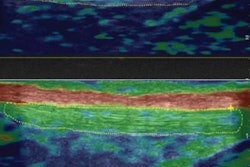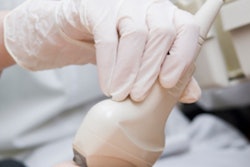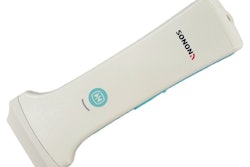Wednesday, November 30 | 10:50 a.m.-11:00 a.m. | SSK02-03 | Room E451A
Supplemental ultrasound for women with dense breasts finds cancers mammography doesn't, but it can also lead to many follow-ups at short-term intervals, especially if lesions are categorized as BI-RADS 3. Could these lesions be tracked at a longer interval?In this Wednesday morning talk, Dr. Richard Barr, PhD, a professor of radiology at Northeast Ohio Medical University in Rootstown, will share results from a study he and colleagues conducted to evaluate the effect of following BI-RADS 3 lesions detected on supplemental ultrasound at a 12-month interval.
Patients with screening mammograms rated as BI-RADS 1 or 2 and tissue density of BI-RADS 3 or 4 were invited to undergo a free automated whole-breast ultrasound (ABUS) exam. The study included 1,862 women who met both criteria. ABUS scans were categorized as BI-RADS 1, 2, 3, or 0; category 0 patients were scheduled to receive a handheld breast ultrasound as well. The patients were followed for two years.
Of the ABUS exams, 983 (52.8%) were categorized as BI-RADS 1, 473 (25.4%) as BI-RADS 2, 335 (18%) as BI-RADS 3, and 71 (3.8%) as BI-RADS 0. Of the BI-RADS 3 patients, 233 were cancer-free at one-year follow-up and 139 were cancer-free at two-year follow-up. There were no biopsies or cancer diagnoses in these BI-RADS 3 patients.
Of the 71 BI-RADS 0 patients, 10 were recategorized as BI-RADS 4 or 5 at handheld ultrasound and were biopsied. Of these, six were invasive ductal carcinoma, for a positive biopsy rate (PPV3) of 60%, a cancer detection rate of 3.2 per 1,000 women, and a recall rate of 3.8%. For comparison, the researchers noted that the American College of Radiology Imaging Network (ACRIN) 6666 trial had a PPV3 rate of 8.9%, a cancer detection rate of 3.7 per 1,000 women, and a recall rate of 8.8%.
Following BI-RADS 3 lesions at one year decreases the recall rate substantially and increases the PPV3 rate, without missing cancers, the group concluded.




















